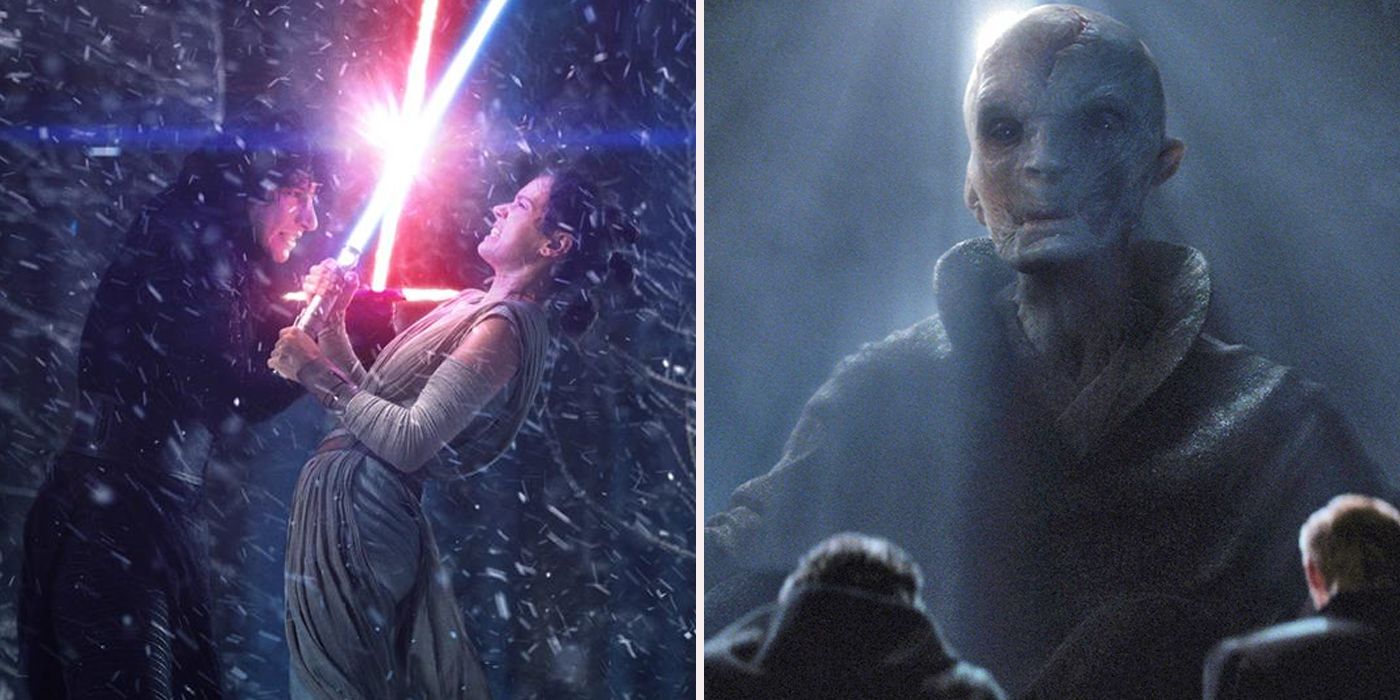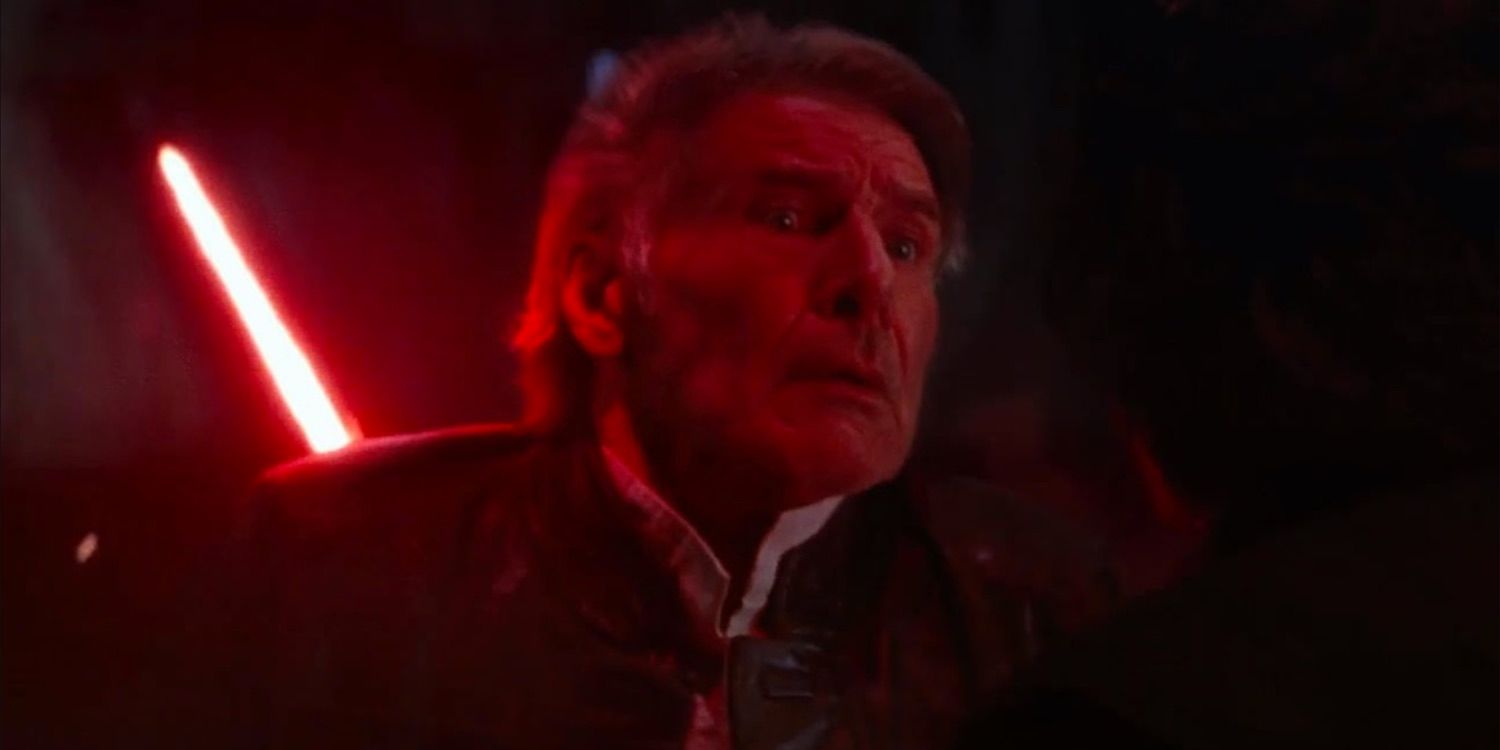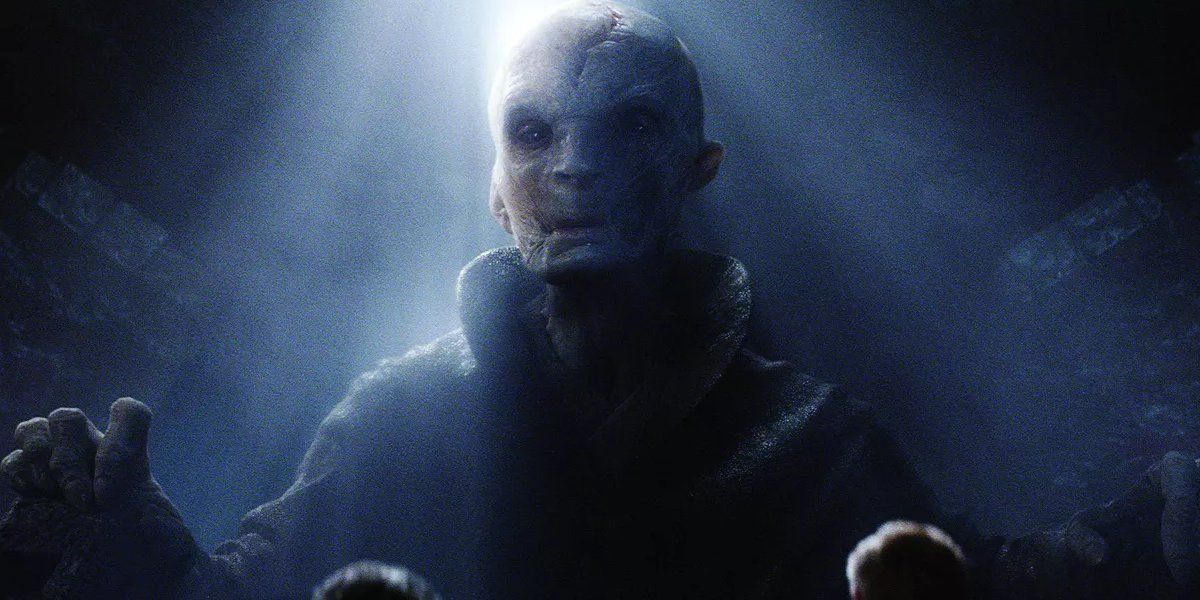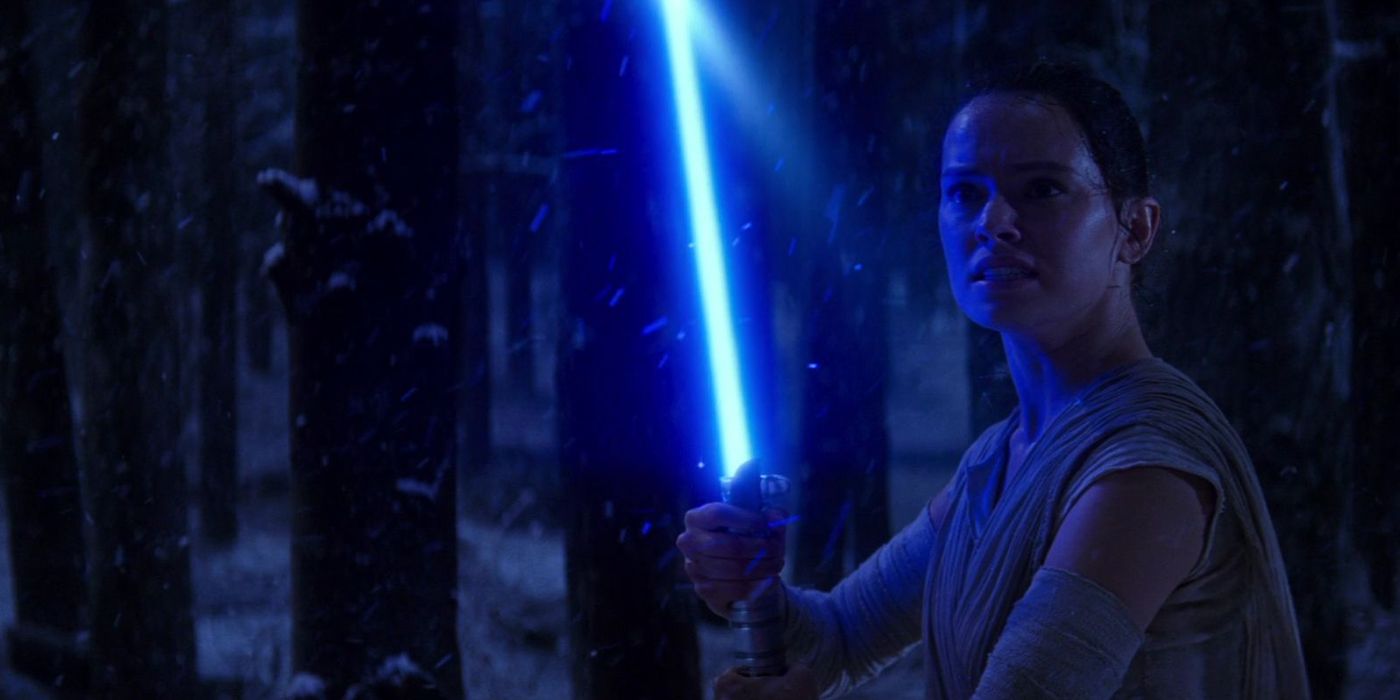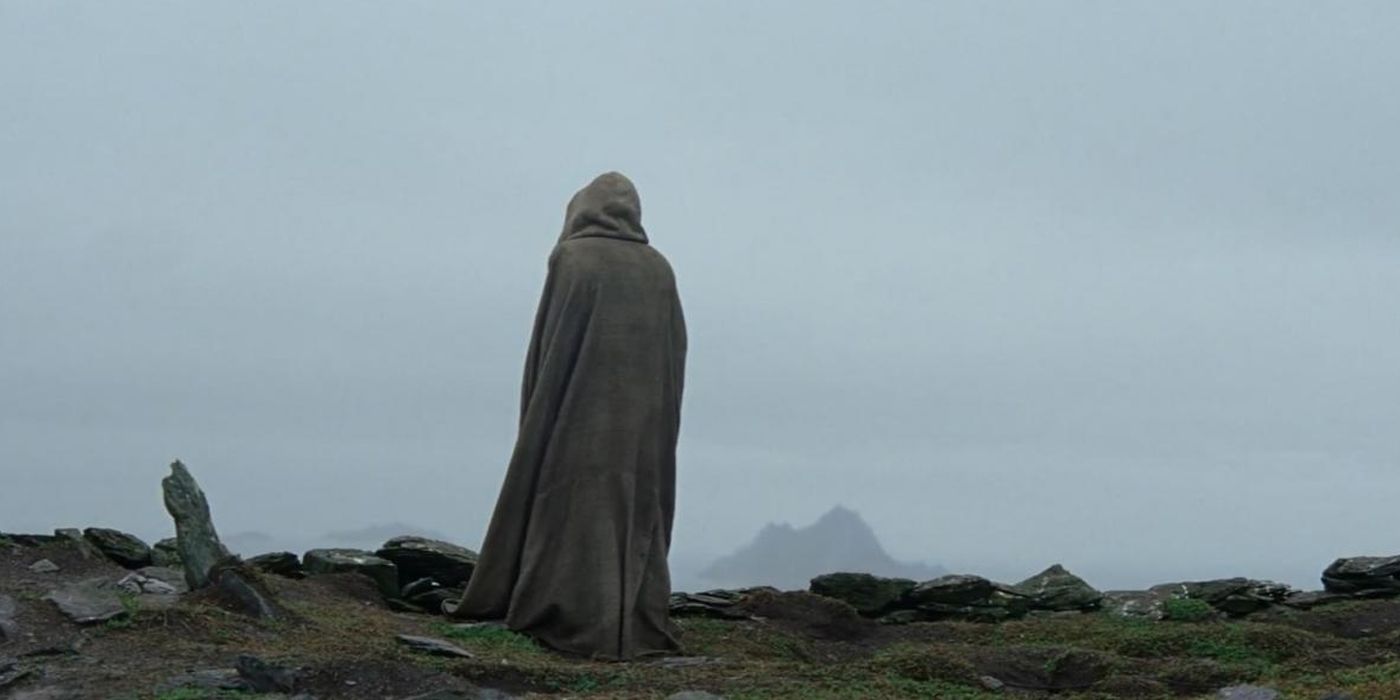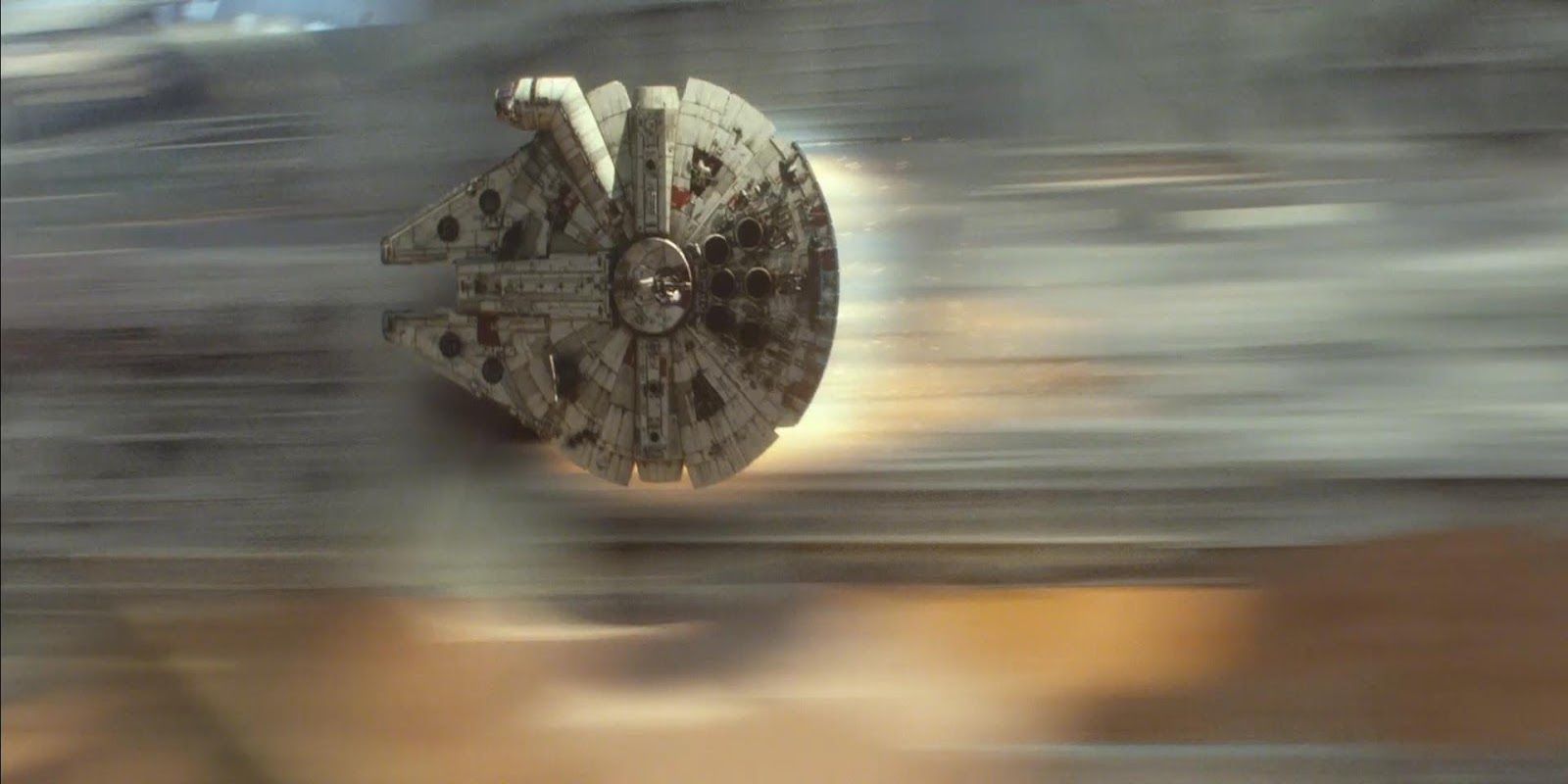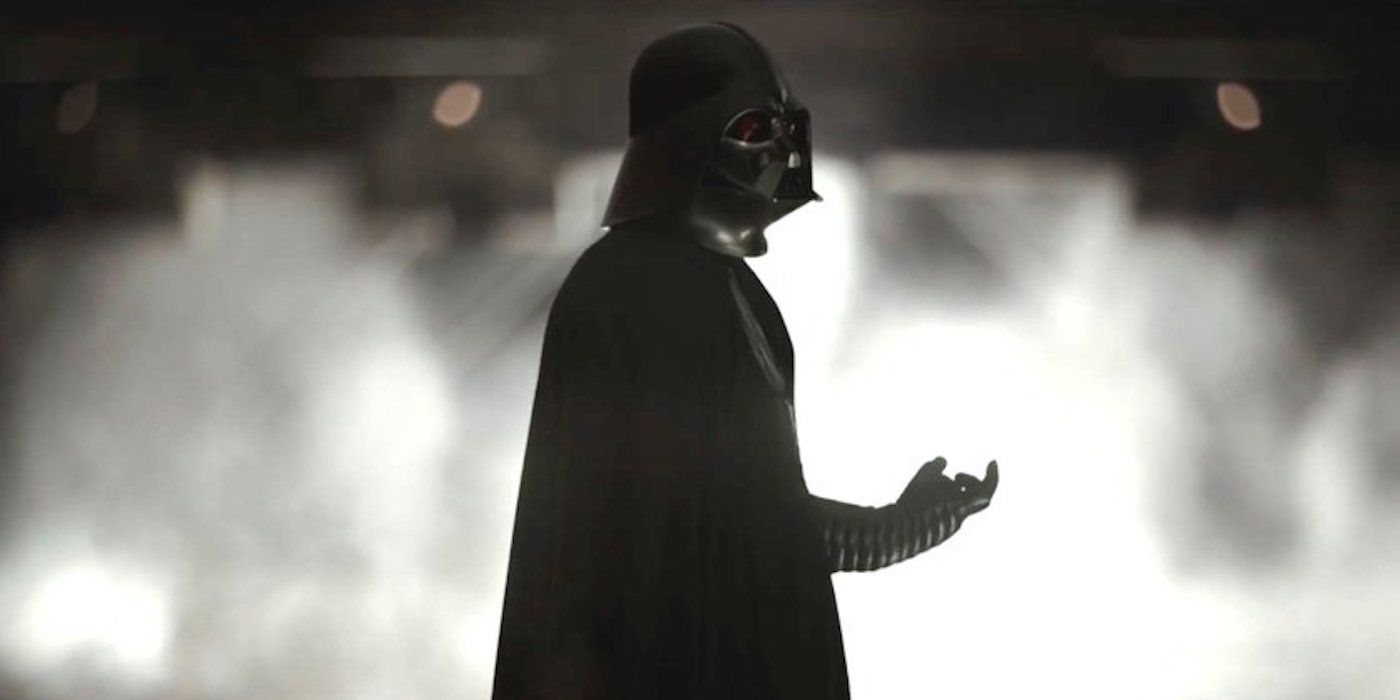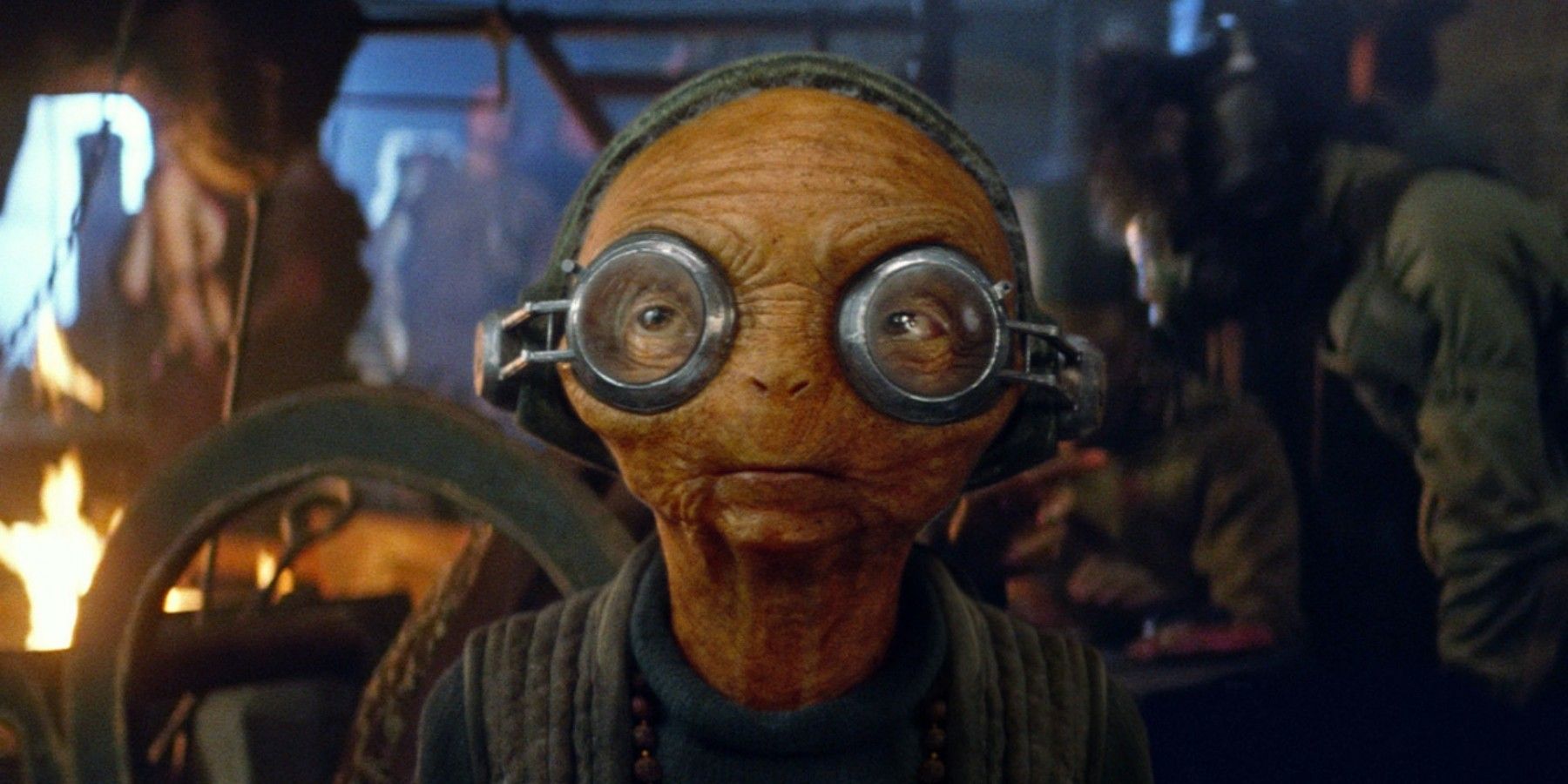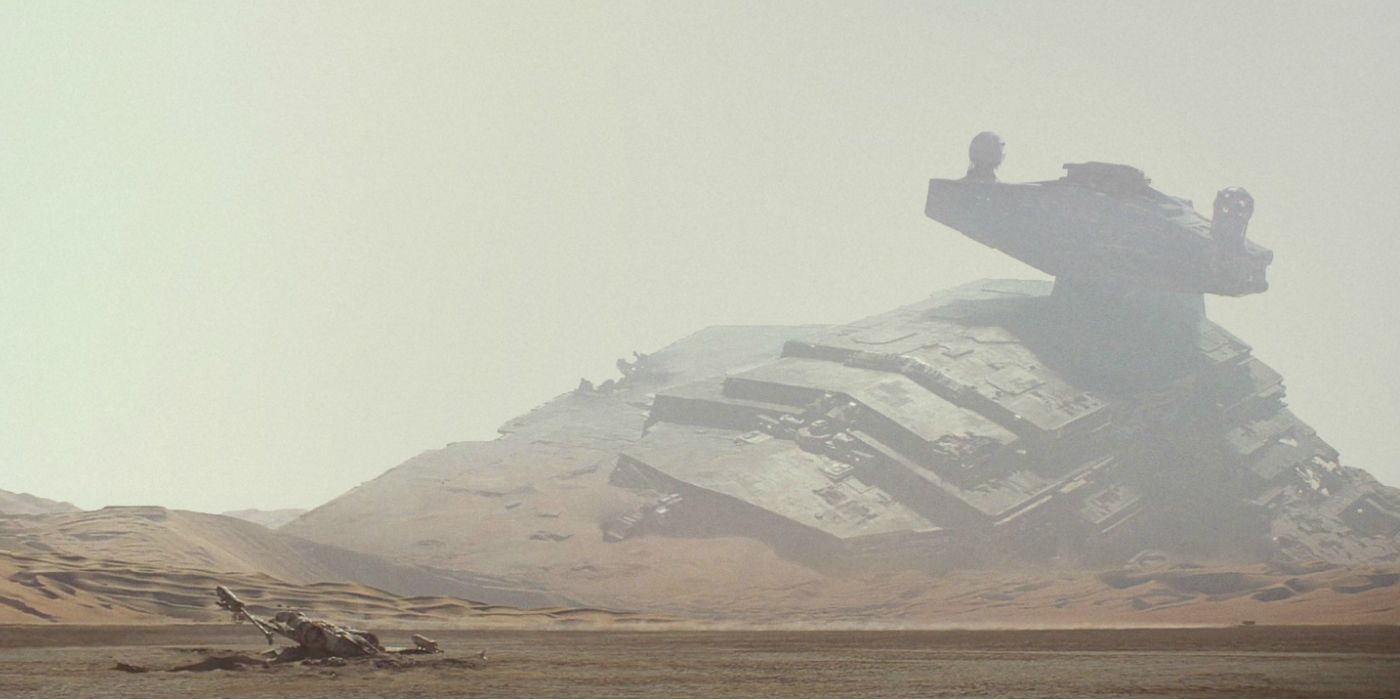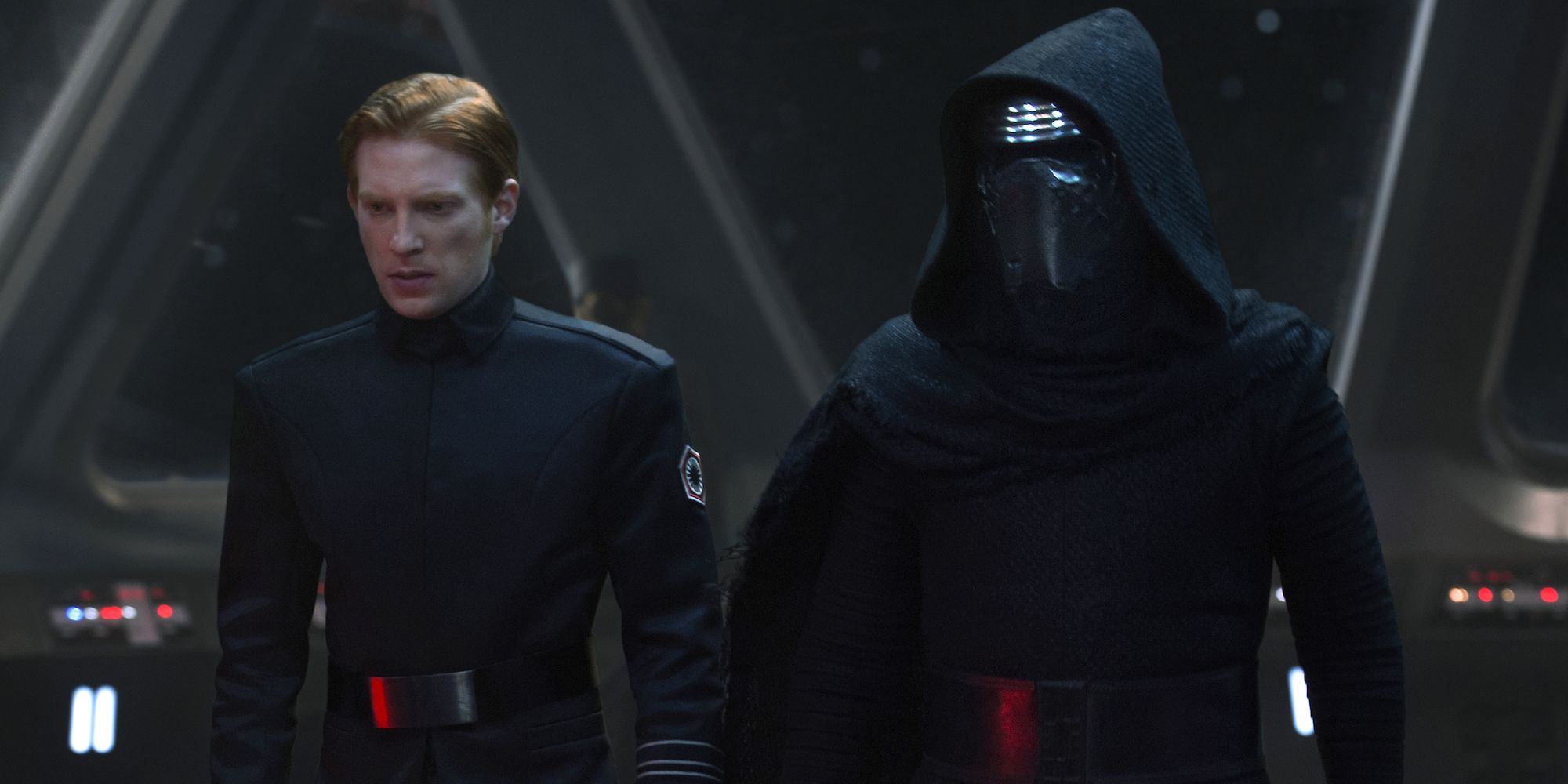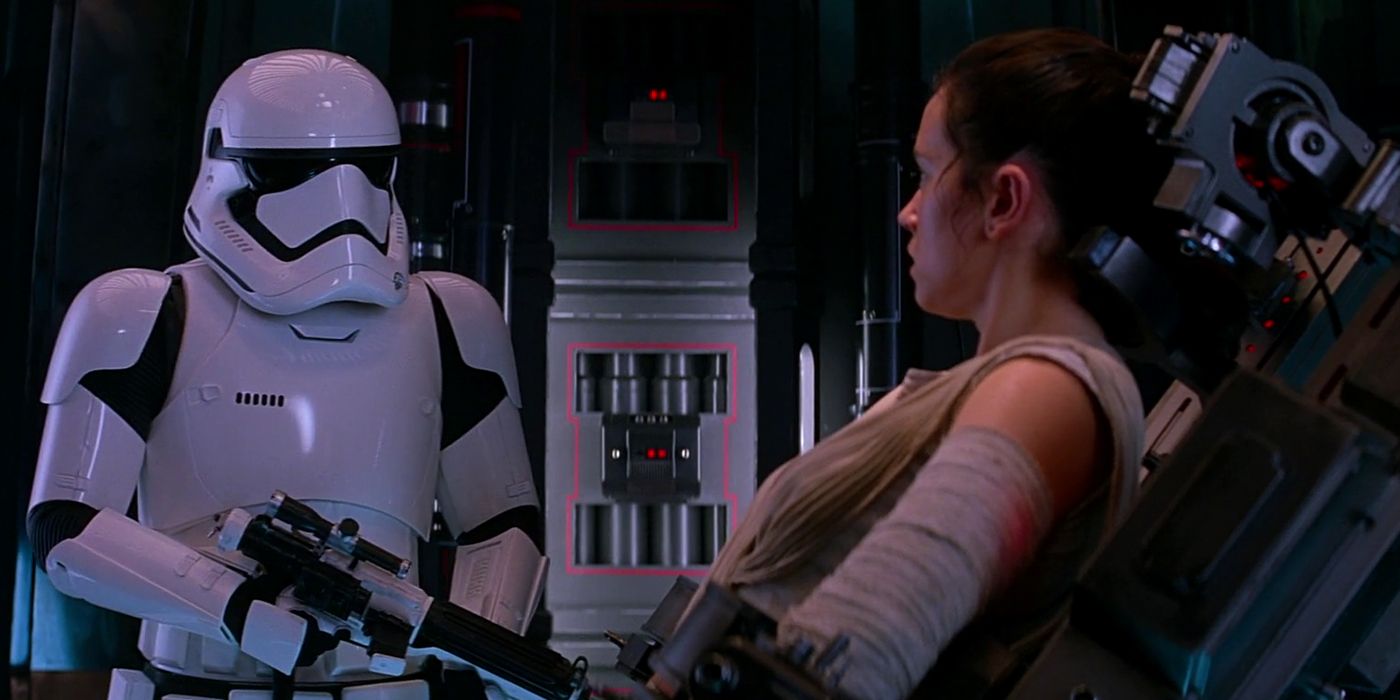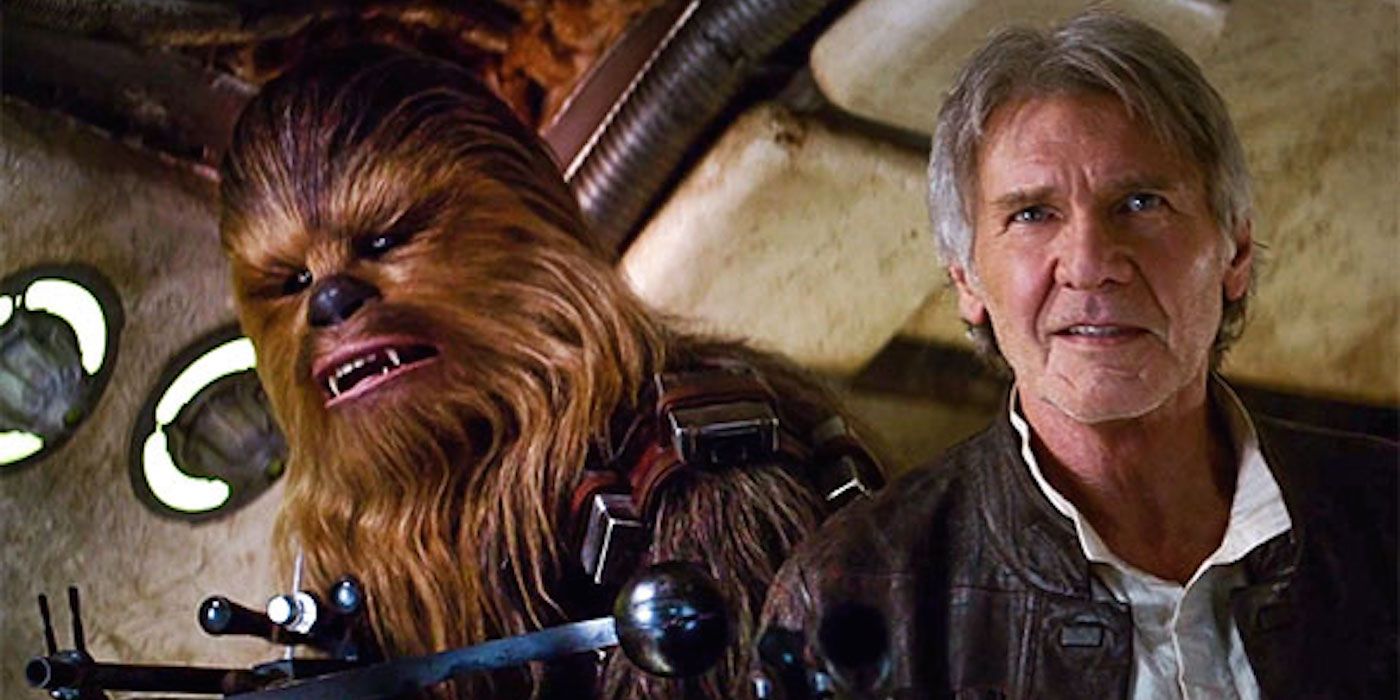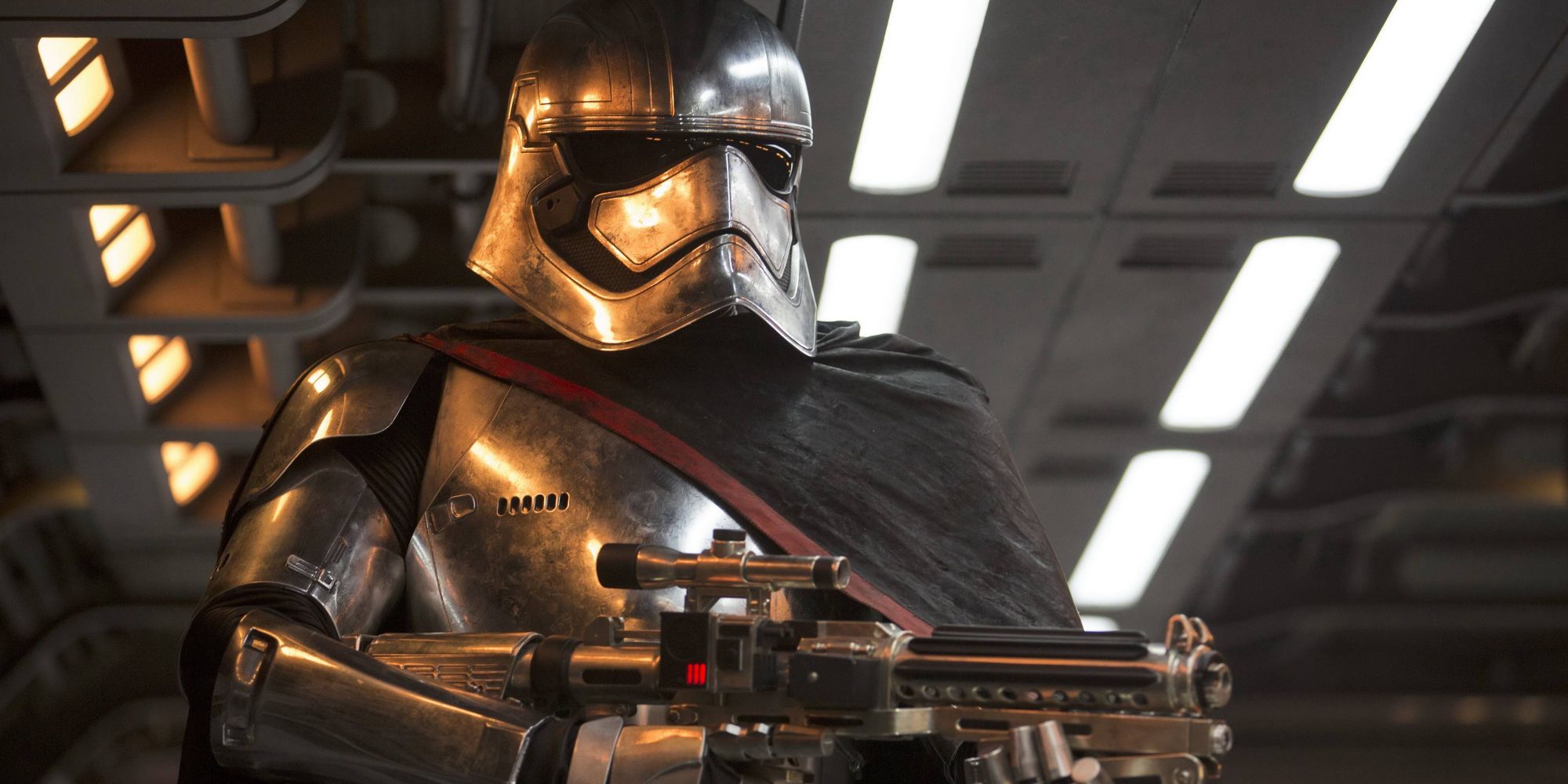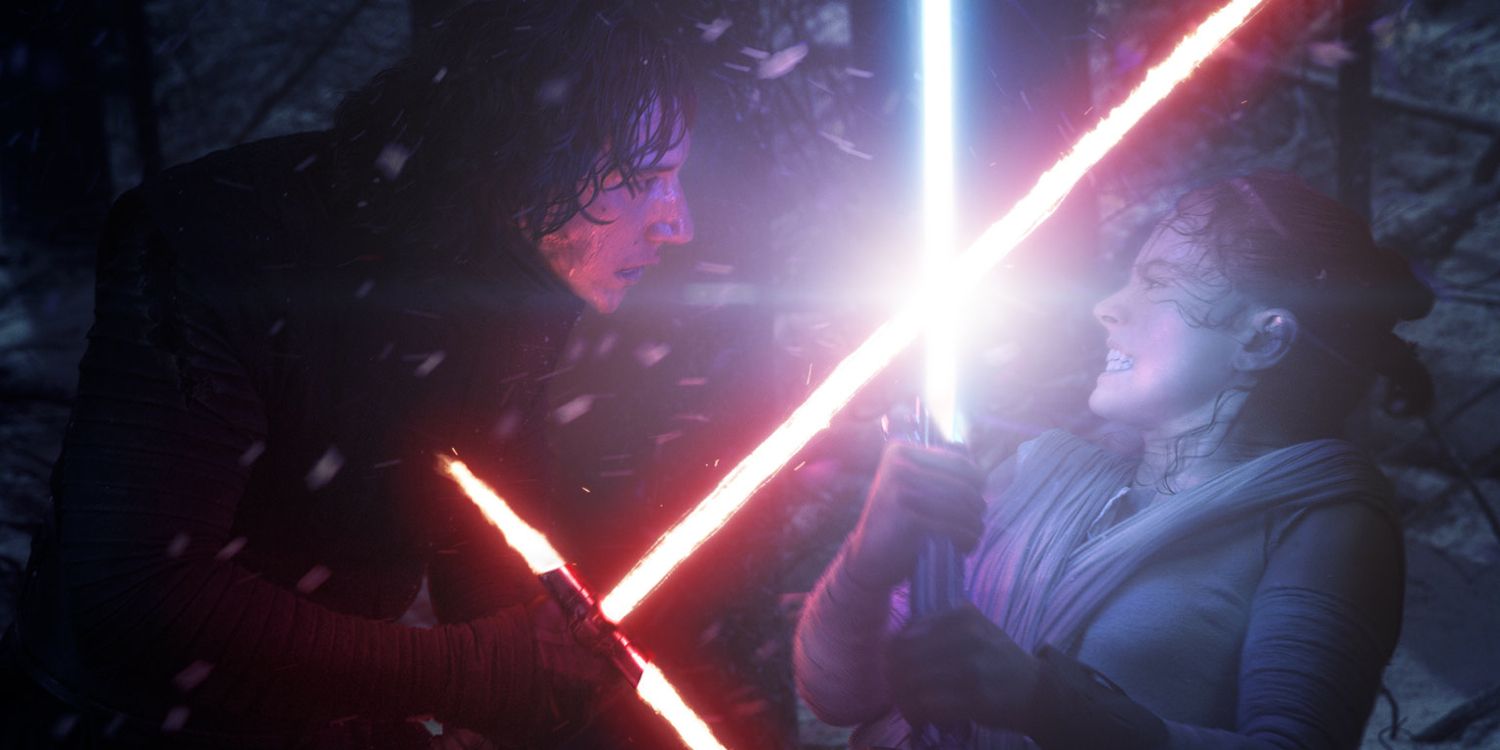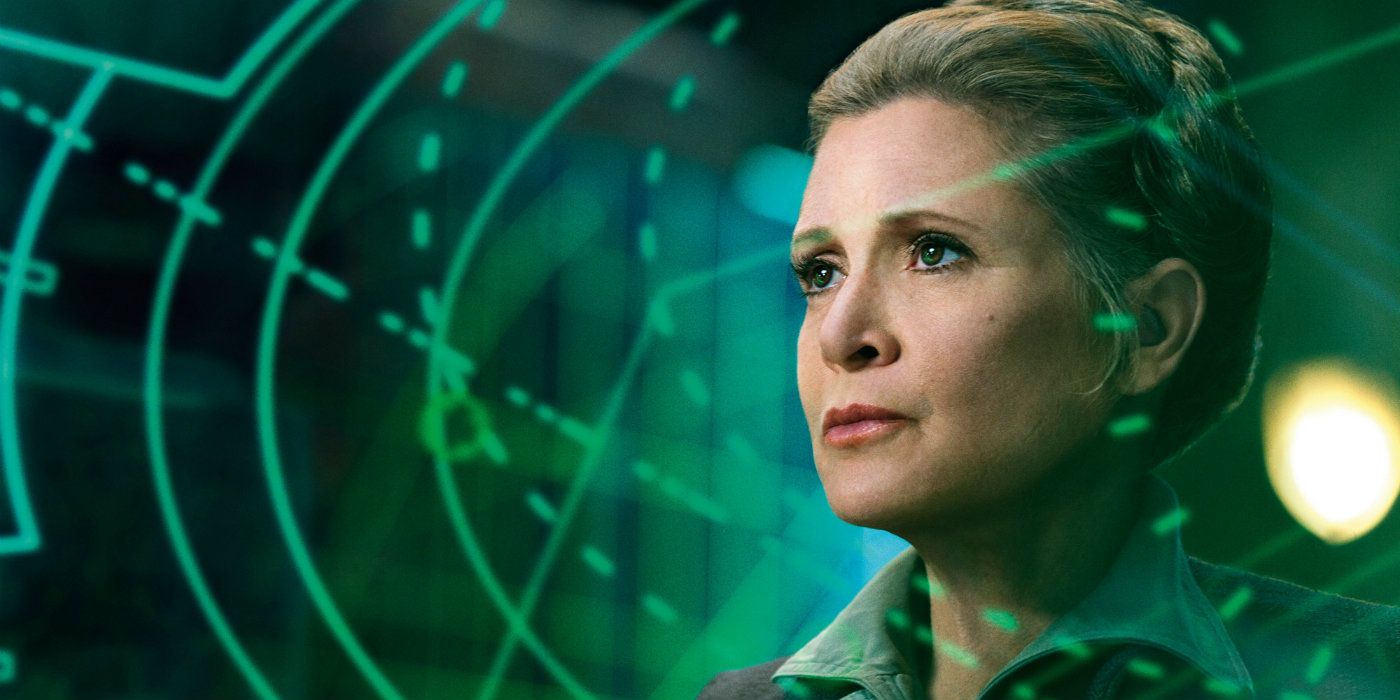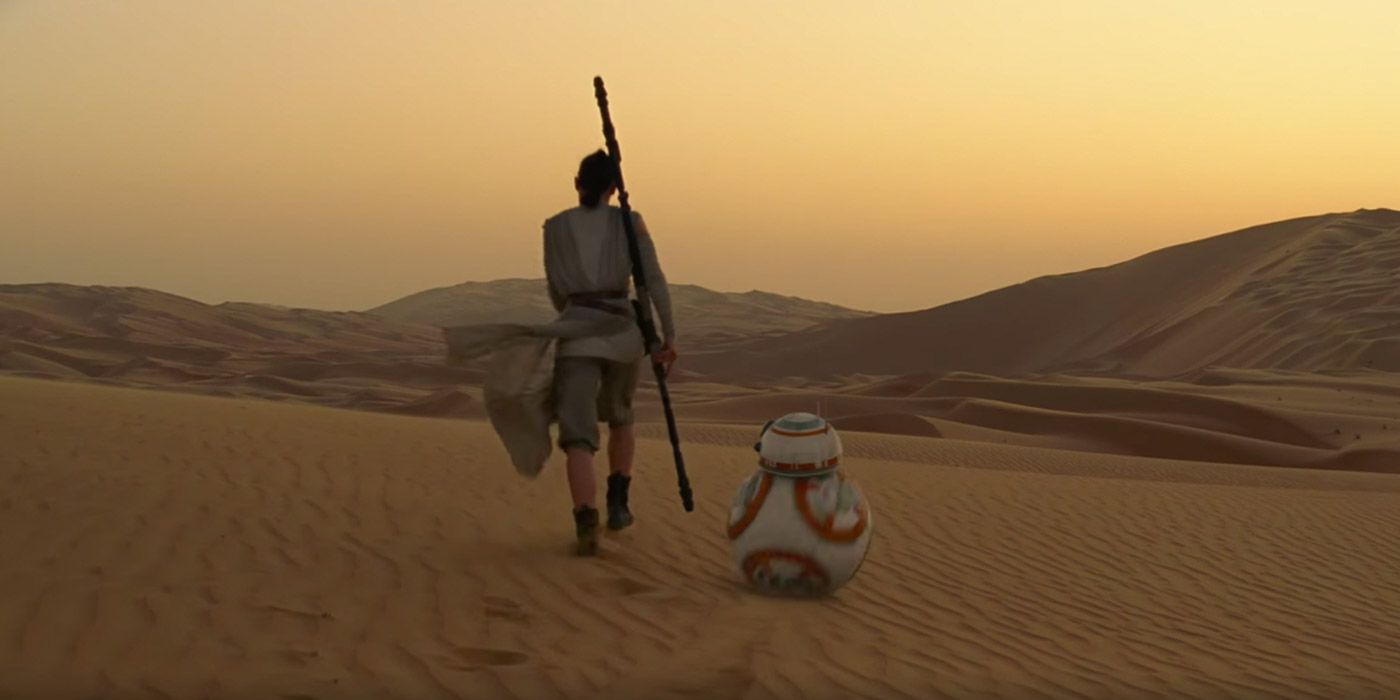It was the most highly anticipated movie of all time. Leading up to the release of Star Wars: The Force Awakens, director J.J. Abrams and crew were staring down the barrel of a gun cocked and loaded with the fiercest fan discrimination imaginable. It’s no wonder, then, that the movie is drastically misunderstood by fans and critics alike.
In an age where the drama of a film's production is of equal public interest to the drama in a film itself (sometimes even more so), critical narratives can be quite seductive. They make us feel like we have a firm grasp on cultural phenomena, and they give us a misplaced sense of ownership over the material.
By most accounts, The Force Awakens succeeded in reviving the Star Wars franchise for a new generation of both die-hard fans and mainstream audiences. Unfortunately, it also spawned a web of inaccurate readings and lackadaisical criticisms, made by the very people who claimed to be the film's most ardent supporters.
To help you weed through the bologna, clear the critical playing field, and get to the heart of what this movie is really all about, here are 15 Things Everyone Gets Wrong About Star Wars: The Force Awakens.
Han solo’s death was anti-climactic
Of all the unfair, fan-frenzy criticisms that The Force Awakens has endured, this one feels the most fair. It isn’t exactly a stretch to argue that the death of everyone’s favorite space smuggler at the hands of his whiny emo son felt a bit stilted, especially in light of the Han Solo’s long-cast cultural shadow.
However, when you look at Han’s place in the narrative of The Force Awakens alone, there’s really nothing particularly toothless or anti-climactic about his death.
Given the enormous and impenetrable gravitas of the character, Han Solo’s death would probably have felt anti-climactic no matter what. But instead of giving him some operatic death scene with lots of bells and whistles, J.J. Abrams wisely gave his death a distinct purpose in the new trilogy's story.
Snoke was a bust
The Force Awakens isn’t without its flaws, and one of its biggest blunders was the visual presentation of new baddie Supreme Leader Snoke.
The way the hologram fake-out played with scale was interesting enough, but there was something about the design of Andy Serkis' performance capture character that seemed to clash with what we’ve come to expect visually from the Star Wars universe.
But none of that means that Snoke was a total bust, as many fans have asserted. His placement in The Force Awakens may have seemed a bit awkward (in addition to being a visual let-down) but the future of the character and the role he’ll play in the larger trilogy is yet to be seen.
Besides, the few glimpses we’ve caught of Snoke in The Last Jedi clearly point to the character being an extraordinary presence in the film, in both visual and narrative terms.
Rey is a Mary Sue
As we’ll continue to discover further down this list, the most popular criticisms of The Force Awakens come out of a cultural misunderstanding of what Star Wars really is. Of all these misunderstandings, the “Rey is a Mary Sue” argument is probably the most egregious.
To call Rey a Mary Sue is not only an offense to what might be the most important female character of the decade, but it’s to completely disregard that Star Wars is, before anything else, a fantasy for children.
You don’t see little girls across the globe dressing up as Rey because she’s some overly competent, subhuman slab of wish fulfillment. Yes, she’s a modern mythological hero with clearly unprecedented abilities in the Star Wars universe. She’s also a young woman staring up at Mount Olympus— ready, after years of waiting, to take her first steps to the top. No Mary Sue could be the focal point of a journey like this.
Luke's Cameo Status Was A Mistake
Now that we know we’ll be seeing a lot of him in The Last Jedi, fans have pretty much calmed down about the lack-of-Luke in The Force Awakens.
While you’d be hard pressed to find anyone who feels Luke should have appeared earlier than the film’s third act, a large camp of fans continue to wonder whether Luke would have better served the film had he appeared earlier than its final moments.
Luke’s appearance at the very, very end of The Force Awakens couldn’t have been more perfect. It held up the mystique around the character that was key to the film’s plot.
It also turned an appearance that might have been anticlimactic into a poetic, endlessly intriguing cliffhanger. When the dust settles on The Last Jedi’s release and we become fully reacquainted with Luke, chances are we’ll all be glad that the character’s full reintroduction was saved for the sequel.
It moves too fast
The Force Awakens has been thoroughly maligned for its breakneck pacing. It’s a fast-moving film, to be sure. However, does it really move “too” fast?
One of the most impressive feats of The Force Awakens is the way it manages to move through the story quickly without really sacrificing character development or key plot points (there’s kind of an exception to that last part, but we’ll get to that further down the list).
One could surely pinpoint sections of the film that erroneously favor speed over substance, but overall, The Force Awakens is a very well-paced film. In fact, it’s really just following in the footsteps of A New Hope and Return of the Jedi in its swift movement through the epic space opera.
Rogue One was better
“The Force Awakens was good, but wow, Rogue One is even better!” This was the most popular knee-jerk reaction to Rogue One— a film that surpassed most expectations— in the months following its premiere. Now that the hype following Rogue One’s release has died down every bit as much as the hype leading up to The Force Awakens, any attempt at a definitive ranking of these two films seems futile.
A lot was riding on both of these movies. The Force Awakens ushered in a whole new trilogy of a beloved saga. Rogue One made the spin-off movies a worthwhile enterprise. Both films efficiently serve their respective purposes, and both films make up for what the other might lack.
Comparing them was a natural thing to do when Rogue One came out, but now that the hype has run its course, any popularized narrative about Rogue One being definitively better than The Force Awakens should not be taken as gospel.
It’s “light” on CGI
The Force Awakens was relentlessly promoted as a triumphant return to the “real sets” and “practical effects” of the original trilogy. It may be a far cry from the uncanny, green screen-centric template of the prequels, but The Force Awakens uses just as much CGI as it does practical effects, if not more.
But let's not withhold credit where credit is due. The crucial role that practical effects like interactive set design and creature work played in the success of the film can't be overstated, but The Force Awakens would not have worked had it not also implemented cutting edge CGI into nearly every frame.
Let’s face it, no movie with two major motion-capture characters should go down in history as a true champion of practical effects.
Jakku is just a Tatooine wannabe
Leading up to TFA’s release, most of us were shocked to find out that the desert planet we had seen in the film’s trailers and promotional material was not Tatooine, but a whole new location called Jakku. Many fans are still asking, “Did we really need two desert planets in the Star Wars saga?” If you really pay attention to the larger thematic roles these two desert settings play in their respective films, the answer is a resounding yes.
Anything similar about these two planets is superficial in the light of their differences. Tatooine, with it’s wide barren vistas, farmer’s settlements, and "hives of scum and villainy", evokes the mythology of the American West.
Jakku, with its landscape of towering spaceship wreckage and Mad Max-like scavenger hideouts, shows us that the characters of the sequel trilogy are living in the ruins of a war waged by the previous generation. A shared climate is almost a trivial similarity in comparison to the big ideas and separate thematic underpinnings that these two planets carry with them.
It ignores the prequels
The Force Awakens has been applauded by fans for completely ignoring the prequels in favor of establishing thorough connective tissue to the original trilogy. While the film clearly obsesses over its relation to the trilogy that started it all, the idea that it offers no connection to the prequels is demonstratively false.
There are a few instances in The Force Awakens where the prequel era is directly addressed— the most overt being a scene in which Kylo Ren and General Hux argue over the virtues of building a clone army versus recruiting Stormtroopers. The truth is, it’s virtually impossible to talk about the original trilogy in any meaningful sense without the prequels being an intrinsic part of that conversation.
You can’t, for example, really explore the connection between Kylo Ren and Darth Vader without Anakin Skywalker as we know him in the prequels being part of the equation. The prequels are, after all, an essential part of the saga, and it’s impossible to look back on the whole story without acknowledging every chapter.
Rey got her Force powers “too quickly”
One of the big problems with today's fandoms is that they inadvertently get in the way of a creator’s storytelling process. Fans often assume they know enough about a fictional universe to know where it’s headed— to the point that they lash out when something unexpected happens. Such is the case with the ever-popular “Rey got her force powers too quickly” narrative.
The Force Awakens was a wonderful introduction to the sequel trilogy’s central hero, but we still know relatively little about her. To assume that Rey’s development of her force abilities would mimic those that came before her is to assume way too much about her this early on in the story.
It’s much more likely that the way in which Rey’s force powers developed over the course of The Force Awakens was intentional, rather than some giant storytelling blunder on the part of J.J. Abrams and Lawrence Kasdan.
The Rathtar scene was bad
The Rathtar scene aboard Han Solo’s smuggling barge has already become one of the most hated scenes in the entire Star Wars franchise. It may be one of the weakest scenes in The Force Awakens, but it isn’t without its merits.
The Rathtar scene wasn’t executed particularly well (the CGI creatures themselves resemble something from a Marvel movie more than they do Star Wars) but it begins with a great Han Solo-trying-to-talk-his-way-out-of-a-pickle moment, and the practical set design is pretty cool and elaborate.
In the context of the whole film, it kind of feels like a perfunctory action scene that really didn’t need to be there, but it’s also a fun way to re-acquaint audiences with the swashbuckling Han Solo. It’s not a great scene, but it really doesn’t suck as much as people say.
Captain Phasma was a let-down
Captain Phasma’s presence in The Force Awakens leaves something to be desired, but that isn’t necessarily a bad thing.
Her minimal screen time in the film has really set her up to make a bold impact in The Last Jedi. And much like some other secondary masked villains that came before her, Phasma is an impressive figure whose villainous status is aptly suggested more than it is physically shown.
Granted, her offscreen exile to a Starkiller Base trash compactor doesn’t necessarily demonstrate a great deal of affection for the character, but it doesn’t entirely rule it out either. Phasma may have received the short end of the narrative stick in The Force Awakens, but her mystique and potential to kick serious ass in upcoming installments remains untarnished.
Rey and Finn beat Kylo Ren too easily at the end
To the droves of fans who feel that Kylo Ren was beaten too easily in the final lightsaber showdown of The Force Awakens, here’s why you’re wrong.
First of all, let’s not forget that Kylo went into this battle wounded—by Chewbacca’s bowcaster no less—his capacity to fight anyone, let alone two skilled opponents, severely diminished. Secondly, let’s not forget that both Rey and Finn are clearly shown to have considerable skill in hand-to-hand combat earlier on in the film.
Finally, it’s important to remember that Finn did end up getting destroyed in that fight, while Rey—who’s clearly exceptionally strong with the force—only won after a significant tussle. If Kylo Ren’s defeat wasn’t believable enough for you, you might be hallucinating a different battle than the one we actually got in the film.
Avoiding the politics was a good idea
The Force Awakens is hardly a film absent of flaws, but one of it’s biggest mistakes is actually something that many fans lauded as a smart move.
In some scenes that were ultimately cut out of the film, General Leia sends Korr Sella (a character seen briefly on Hosnian Prime right before it’s destruction in the final cut) to talk to the Republic Senate about taking action against the First Order.
These scenes apparently make it clearer that the Republic isn’t entirely supportive of the Resistance, and that sociopolitical complacency blinds the Senate to the growing threat that the First Order presents.
All of this information would have been incredibly helpful to audiences who still struggle to understand how all of these groups fit together. One of The Force Awakens’ biggest missing pieces is a political backdrop to ground the action. The desire to avoid the sluggish galactic politics of the prequels is understandable, but it unfortunately worked to the detriment of TFA’s plotting.
It’s Just a remake of A New Hope
To whomever first insisted that The Force Awakens was nothing but a glorified remake of Star Wars: A New Hope, we say vehemently, “Bro, do you even Joseph Campbell?”
Much has been said of the overt similarities between A New Hope and The Force Awakens. Unfortunately, most of that discussion misses the point completely. The Force Awakens isn’t a lazy, derivative rehash of the original Star Wars film. It’s a shrewdly executed next-gen chapter of a saga with deep root’s in the eternal hero’s journey.
The similarities between A New Hope and The Force Awakens serve two distinct purposes. They re-orient us in the mythology and remind us of everything we fell in love with about Star Wars in the first place.
They also carry with them a real-world applicable theme that history—however ravaged by conflict it may be—is doomed to repeat itself. Star Wars has always taken inspiration from the pages of myth as well as history. Whatever story beats and character traits The Force Awakens shares with A New Hope were clearly intended to carry on a well-earned tradition of mythic storytelling.
---
Now that we've presented our case, give us your thoughts. What does everyone get wrong about Star Wars: The Force Awakens? What did we get wrong? Join the debate in the comments section.

